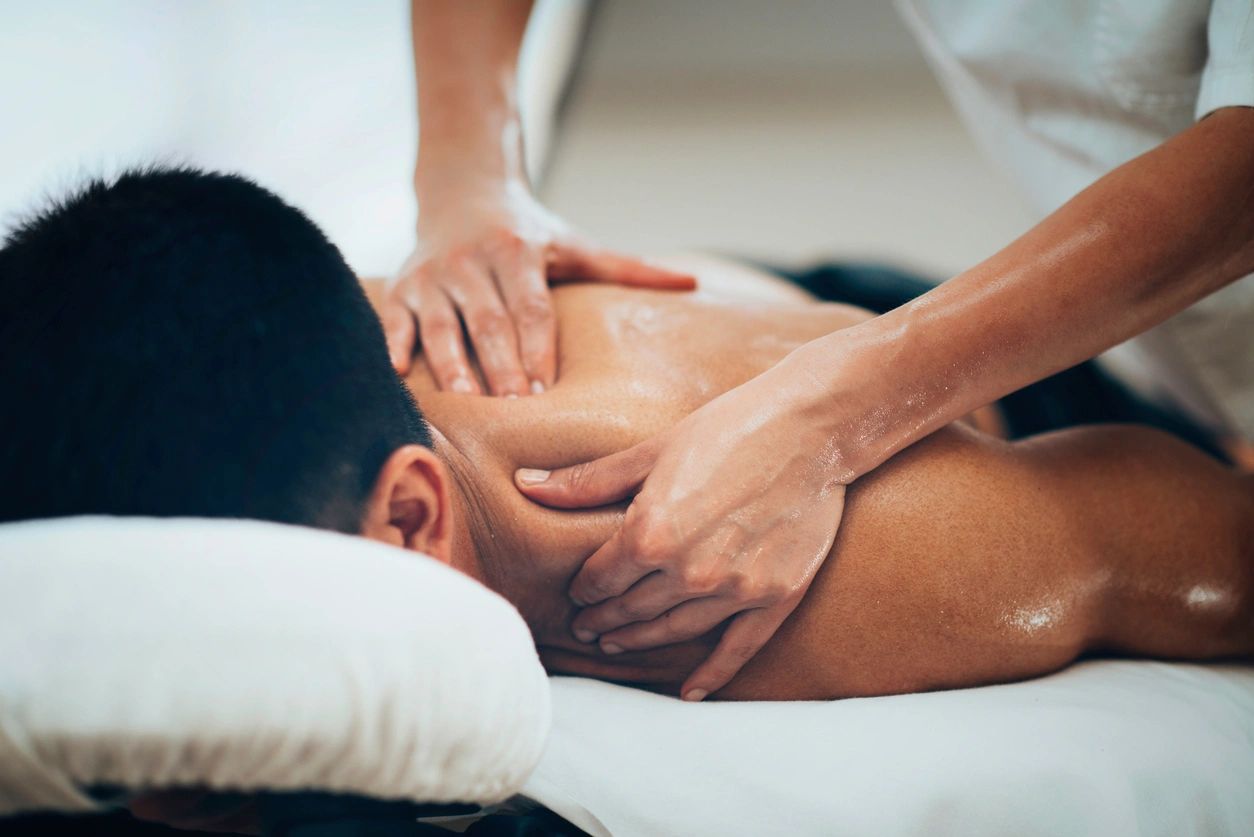
What Makes Miami Spine and Performance in Hollywood, FL different?
At Miami Spine and Performance in Hollywood, FL we pride ourselves on using the power of chiropractic adjustments to help individuals with conditions such as lower back pain, neck pain, sciatica, and sports injuries. However, what our clinic really prides itself on is using a combination of therapies to provide our patients with lost lasting relief.
Soft Tissue Therapy in Hollywood, FL
At Miami Spine and Performance, we use a number of soft tissue tools to help reduce muscle tension and improve tissue quality so that you can move pain-free. Typically during a treatment session at our office, Dr. Adams will thoroughly examine both your joints and muscles to determine which areas need to be treated and which tool to use. At our clinic we use a number of highly effective soft tissue tools to treat our patients including Active Release Technique, Instrument Assisted Soft Tissue Therapy, Muscle Energy Techniques, Percussion massage, and therapeutic cupping.
Active Release Technique in Hollywood, FL
Dr. Adams is the only full-body Active Release Technique provider in Hollywood, FL. Active Release Technique is a hands-on assessment and treatment technique designed to:
- Restore optimal tissue tension, texture, and interface
- Improve mobility and strength
- Improve circulation
- Reduce nerve interference to allow for proper conduction to muscle tissue
Active Release Technique (ART) is effective at treating a number of conditions including neck and back pain, elbow injuries, carpal tunnel syndrome, knee injuries, and plantar fasciitis. ART allows our provider to locate soft tissue restrictions and nerve impingements that may be causing your pain or movement dysfunction. Once the restriction is located, the provider uses a combination of tension, pressure, and patient-guided movement to restore tissue length and quality. Patients often report significant relief of symptoms within only 2-3 sessions of ART.
Graston Technique in Hollywood, FL
Graston Technique utilizes a number of stainless steel instruments to improve soft tissue quality, reduce muscle tension and break up adhesions within the muscle tissue. At Miami Spine and Performance we use a number of stainless steel tools to reduce tension in the spine, shoulders, forearms, thighs, and calves. Treatment with Graston tools is painless and relaxing! We often use this technique in conjunction with therapeutic cupping to first reduce muscle tension and then restore blood flow to the injured area. See our video below for a sample treatment session!
Muscle Energy Techniques in Hollywood, FL
Muscle Energy Techniques involve gentle contract-relax stretching for various muscle groups that tend to become overly tight due to poor posture and movement dysfunction. Some of the most commonly restricted muscles treated with muscle energy techniques include:
- Suboccipitals
- Upper Trapezius
- Pectoralis Major
- Hip Flexors
- Piriformis
- Quadratus Lumborum (QL)
- Hamstrings
- Calves
When these muscles become overactive, they may not respond favorable to aggressive massage and other soft tissue techniques involving pressure directly onto the muscle. When a muscle is hypertonic or over-used, we utilize muscle energy techniques to progressively relax the muscle over the course of 2-5 minutes. Once these muscles are properly relaxed and there is no guarding, we are then able to perform more effective chiropractic adjustments!
Therapeutic Cupping in Hollywood, FL
Therapeutic Cupping has been used in physical medicine for thousands of years! This manual therapy technique utilizes suction to improve blood flow to areas that are stiff or in spasm. Cupping can be used pre-training, post-training or on off day to assist in your recovery! See the video below of Dr. Adams using instrument assisted soft tissue therapy in conjuction with therapeutic cupping to help fellow chiropactic Dr. Eric Smith with his neck pain!
If you are interested in learning more about how chiropractic care can set you on a path to a healthier and happier lifestyle, please feel free to reach out to your Hollywood Chiropractor below!

